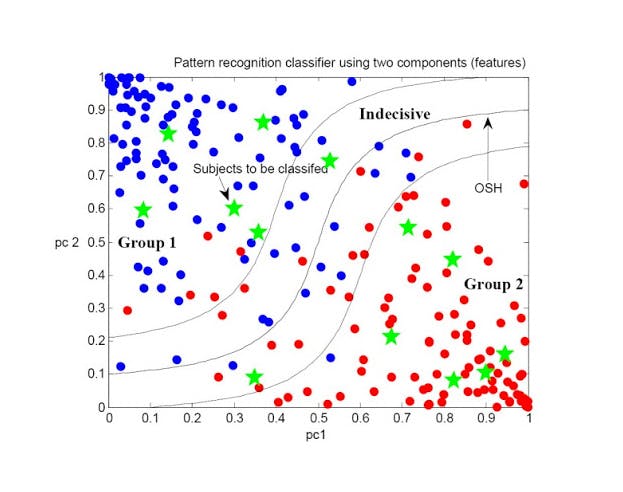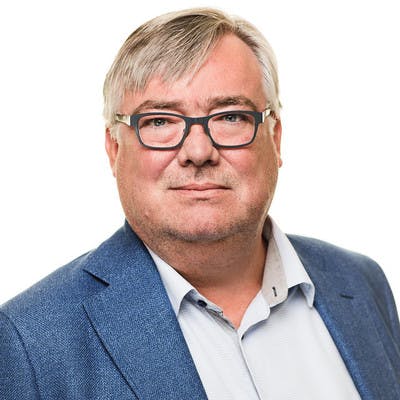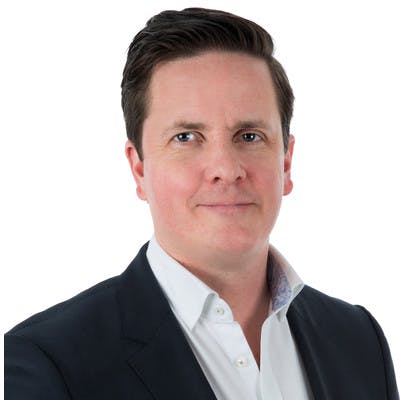Technology
Mentis Cura's proprietary technology is positioned to dramatically improve access to affordable brain diagnostics.
Specialising in EEG statistical pattern recognition we have developed unique diagnostic aids by combining cutting-edge machine learning and our database of EEG recordings from over 3,000 persons.
What is EEG?
EEG – or an electroencephalogram – is a recording of the electrical activity of the brain that occurs when brain cells send messages to each other.
Small metal discs – or electrodes – are placed on the head. They pick up the electrical activity of the brain and send signals through an amplifier into a computer which records them. Our software identifies patterns in these recordings, and analyzes them with algorithms developed using our extensive databases. EEG recordings are not uncomfortable or painful. They are non-invasive and risk-free.
Mentis Cura EEG databases
Mentis Cura products draw on Mentis Cura’s vast databases of more than 3,000 EEG recordings and their detailed analysis. All clinical cases have a consensus clinical diagnosis that was reached according to standard clinical guidelines.
The Dementia database consists of individuals from the community without a diagnosis of dementia and clinically diagnosed individuals that visited the Memory Clinic at the Landspitali University Hospital in Reykjavik, Iceland over a 10-year period. The clinical diagnosis include individuals with mild cognitive impairment (MCI) Alzheimer’s disease (in the prodromal, mild, moderate, and severe stages), vascular dementia, dementia with Lewy bodies, Parkinson’s disease dementia, mixed cases of Alzheimer's disease and vascular dementia, frontotemporal dementia, depression, multiple sclerosis and "other". The database is dynamic in nature and is updated regularly with respect to changes in clinical diagnosis and addition of new cases. To date, the database supporting differential dementia diagnosis consist of more than 1,200 EEG recordings from individuals between 50-90 years of age, many of whom have been followed clinically for more than a decade.
The ADHD-I database consists of EEG recordings from children without an Attention deficit hyperactivity disorder (ADHD) diagnosis and children diagnosed with a developmental and/or psychiatric disorder either at the Child and Adolescent Psychiatric department at Landspitali University Hospital or the Center for Child Development and Behavior in Reykjavik Iceland. The clinical diagnosis include ADHD, anxiety, depression, autism, Tourette syndrome, oppositional defiant disorder, obsessive compulsion disorder and other. To date, the database consists of over 1,200 EEG recordings from children aged 6-17 years of age.
The ADHD-II database stems from adult individuals without an ADHD diagnosis and individuals diagnosed with ADHD and/or psychiatric disorders at the Psychiatric Center of Landspítali University Hospital in Iceland. It includes recordings from people diagnosed with ADHD, anxiety, depression, bipolar disorder, substance abuse, personality disorder and other. To date, the database consists of over 700 EEG recordings from individuals aged 18-60 years of age, subjects are still being recruited.
Methodology
Data collection
Mentis Cura relies on EEG data recorded with electrode placement according to the International 10-20 System. The recording is made during a five minute recording session while the patient is resting with eyes closed. For each EEG measurement 19 electrodes are used individually for analysis, as well as 37 electrode pairs gauging coherence features.

Feature extraction
Fast Fourier Transformation is applied to the EEGs to assess the power spectrum for each channel of the EEG. Overlapping triangular windows are then applied to generate frequency bands from which power spectrum and coherence values were determined resulting in 1,120 features extracted. These features are then used for further analysis.
Generation of classifiers
A classifier is created for each possible pair of groups using statistical pattern recognition (SPR) in combination with genetic algorithms which search for optimal combinations of features to be used in the classifiers. The classifiers are constructed using a method called support vector machines with linear kernel function. A 10-fold cross-validation approach is then applied to obtain estimates for accuracy, sensitivity, and specificity for each classifier.

Generation of index
Each index is constructed using a fixed number of EEG features selected by the genetic algorithm. The number of features used can vary depending on the patient groups under consideration. Read about the indexes used in our products Sigla and Katla.

More info

Kristinn Johnsen
Chief Scientific Officer

